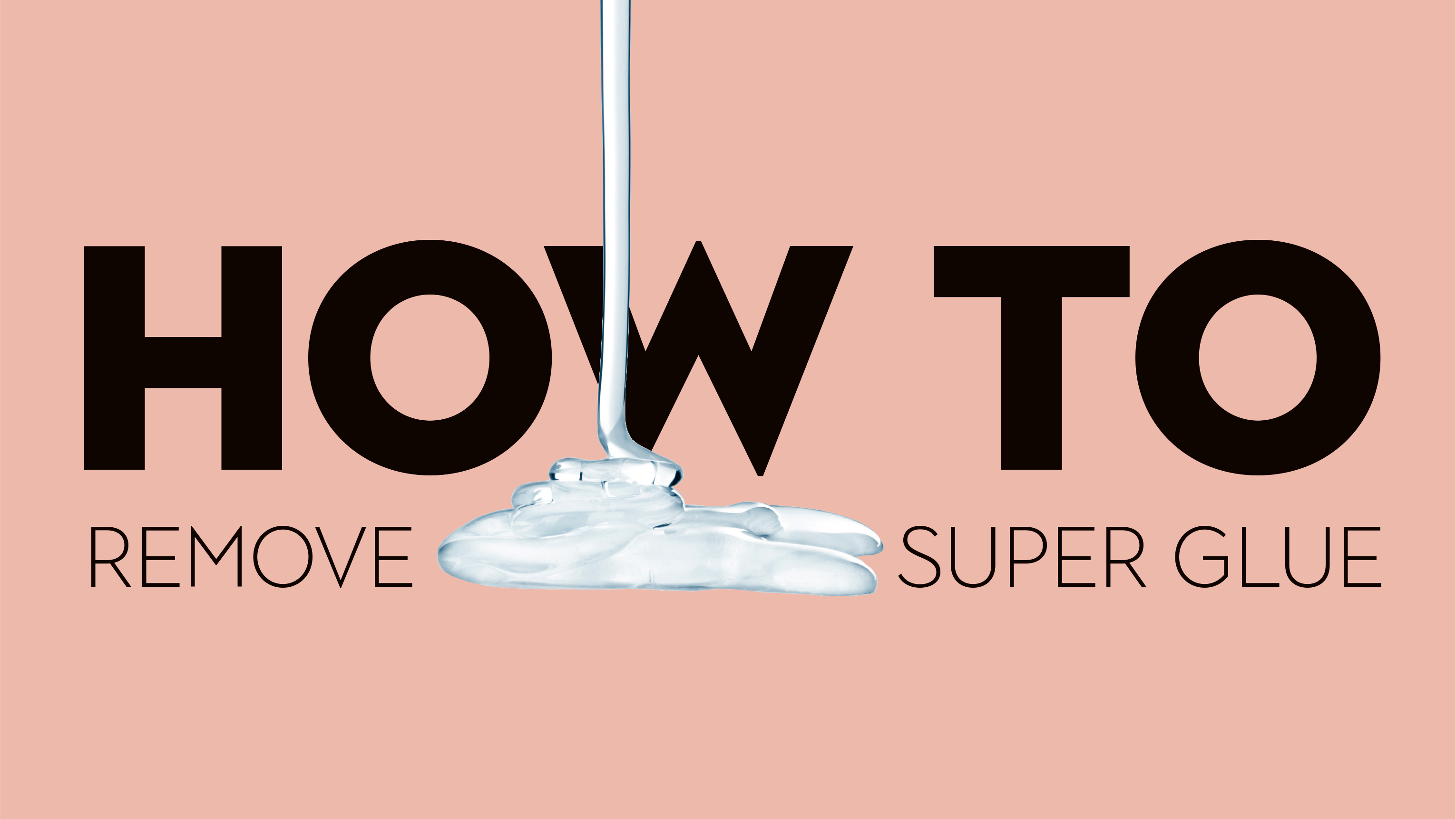
If you want to know how to remove super glue, don't panic. While super glue can be difficult to remove, it's usually not impossible. You will need patience and may need to try more than one method to tackle the sticky situation, depending on what surface you're working with and how old the glue is.
With cleaning super glue stains, time is always of the essence. A super glue stain that's still wet can be wiped off and the remainder blotted out with warm water. But if yours has already dried, you'll need help from some household chemicals and expert knowledge to get it off safely, without damaging the underlying surface.
How to remove super glue: best cleaning agents
Dried on super glue will need either solvent or mechanical removal. There are a few options – some of which you may already have in the home.
1. Acetone
Acetone is by far the most effective way to remove super glue from almost any surface, including glass, plastic, tile, and even human skin. Of course, if you are trying to find out how to remove acetone from skin, make sure you are using acetone nail varnish remover and not an acetone-based paint remover, say.
Acetone has long been used by professionals in many industries that work with super glue. Film set decorator Sarah Bick has extensive experience of removing super glue stains with acetone and recommends applying a 'small amount of acetone-based nail varnish remover to a dry cloth, and wipe over the glue to be removed. If there's still some residue, use a toothbrush for a gentle brush.'
Be careful using acetone on furniture (more on that below) and clothing as it could leave stains. Always test a small area first.
2. Alcohol
Alcohol is another great option for tackling super glue stains, especially if you have stained tiled flooring. Ralph Severson, Owner of Flooring Masters, recommends using 'alcohol and a hard plastic scraping tool of some sort' on tiled flooring. Make sure you 'only use plastic, or you risk damaging your tile.'
Alcohol can remove super glue from furniture as well, 'but it may affect the upholstery. Try a drop on a hidden area to see if it will discolor the leather or cloth before using it on the super glue.'
Mark Osborne, Director at Country Hardwood, adds that alcohol works very well for removing superglue from windows, tables, and tile – 'Allow 5–10 minutes for the alcohol to soak in and cover the adhesive location. The glue's hold on the surface will diminish, allowing you to peel it off.'
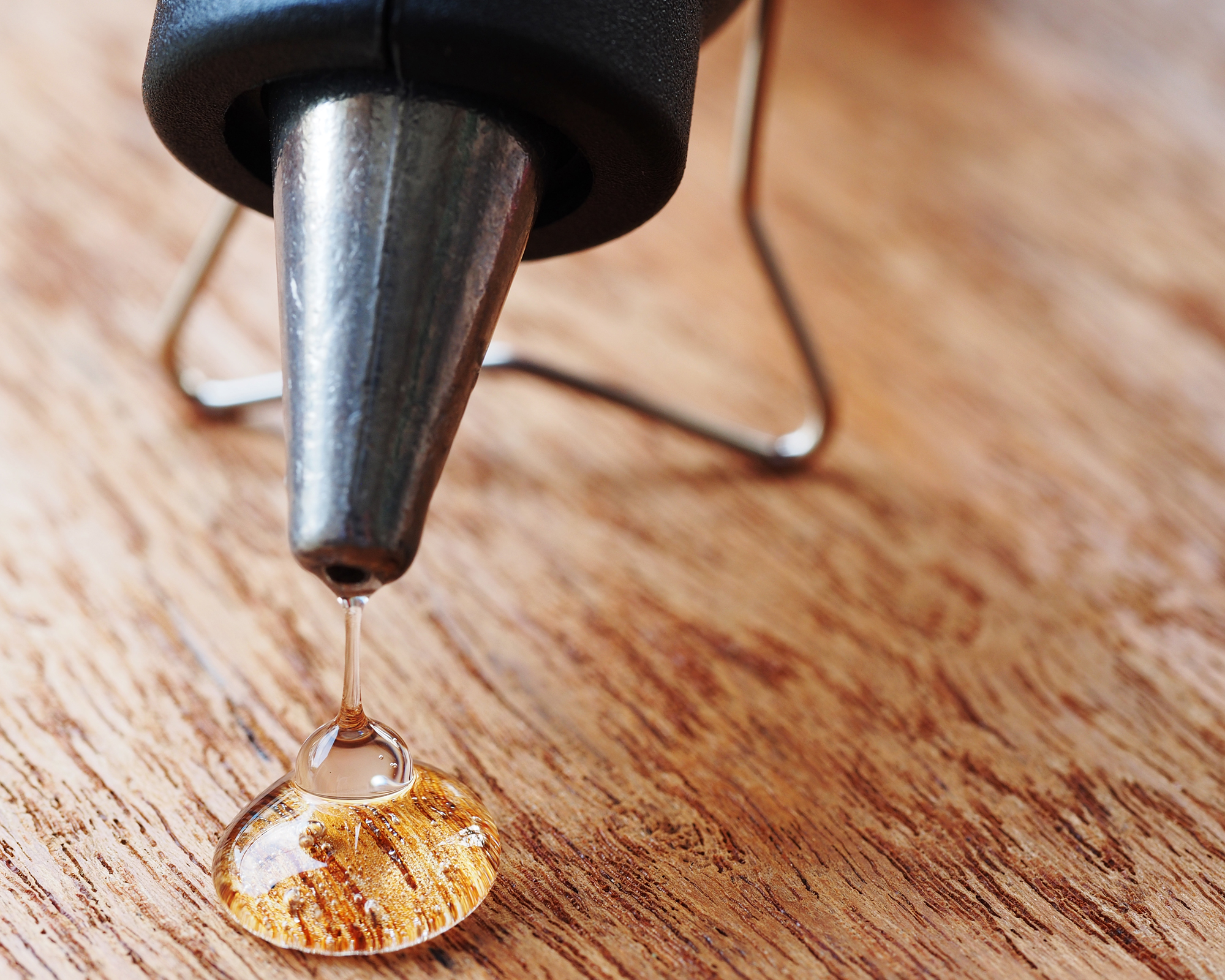
3. Warm water and dish soap
This is a great option for surfaces that cannot be treated with acetone. As Brian Lee, Founder of Drill and Driver, says, acetone 'may affect the color and finish of the surface' – particularly if you're dealing with super glue on upholstery or some other type of textile. In this case, 'a mixture of warm water and dish soap can also do the trick of removing super glue:
- Just mix the two but don't stir so much that bubbles appear
- Dip a cloth in the mixture and place it on the surface with the super glue
- Wait for few minutes before trying to peel off the glue.
Osborne also recommends the hot soapy water method for removing super glue from skin:
- Fill a sink halfway with hot, soapy water
- To loosen the glue's grip, soak your hands in water and pat rub the affected region
This is the most natural and mild super glue remover available.
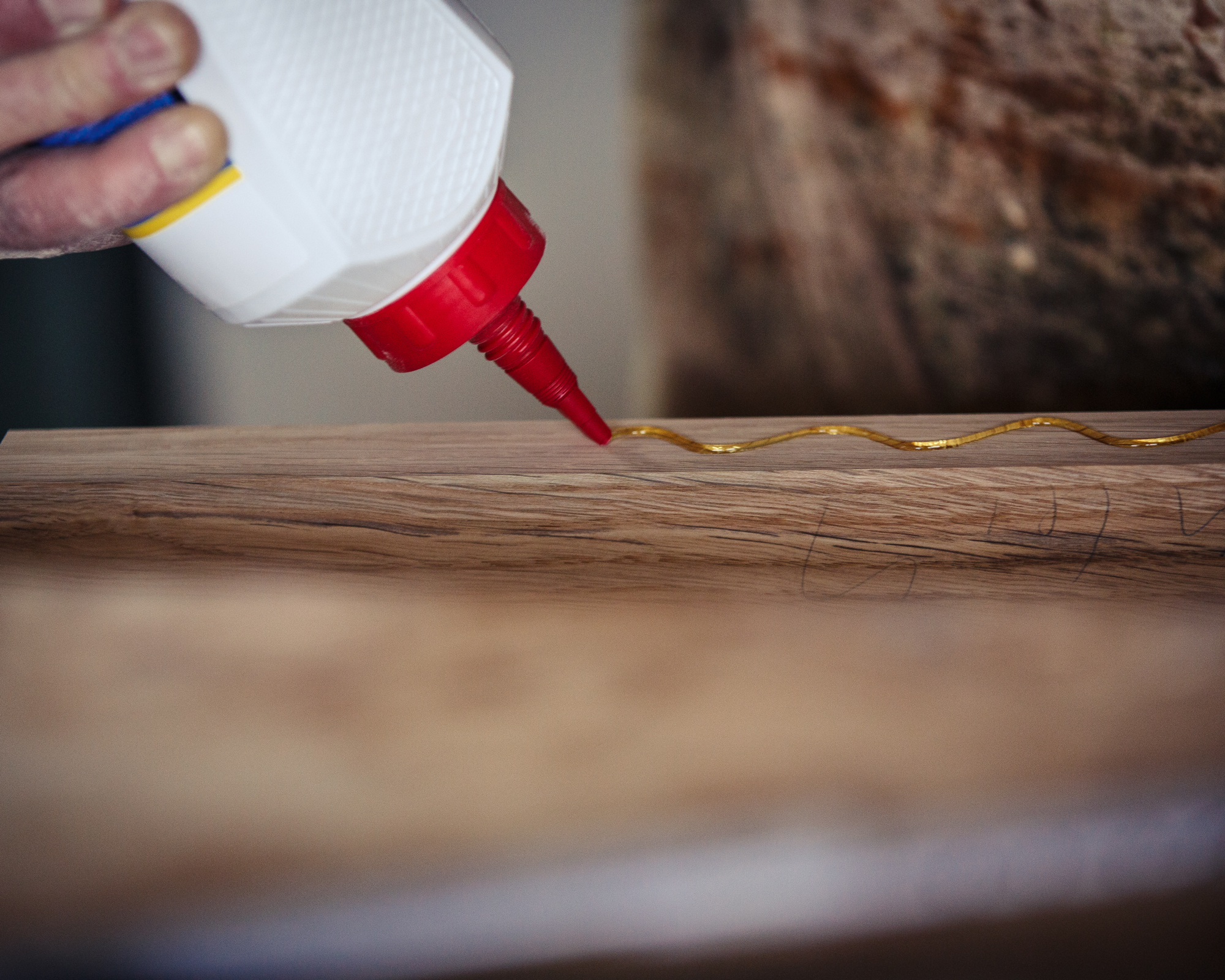
4. Vinegar
Vinegar is another great alternative to acetone, albeit not as strong. Osborne advises that 'if you're worried about chemicals causing damage to something you've spilled sticky tape on, vinegar might be the answer. It's an all-natural superglue remover that works on a variety of surfaces.'
White or distilled vinegar is best – it is colorless and won't stain.
5. Sandpaper
Have super glue stuck to wood or metal? You may be able to mechanically remove it with sandpaper – 'just be careful not to damage the thing you're sanding's finish', cautions Osborne.
6. Baking soda and coconut oil
If hot water and soap aren't removing super glue from your skin, or a delicate surface you don't want to be rubbing with alcohol or acetone, try the baking soda and coconut oil method. Baking soda, upon contact with super glue, will transform it into its plastic form, while the coconut oil will soften the glue's grip, making the glue easier to peel off. Be careful using coconut oil on upholstery, though, as it can stain – you may just want to try baking soda on its own.
How to remove super glue from tile
Many people end up with super glue stains while tiling a bathroom. Osborne's top tip is to try and clean up the stain while it's still wet – 'it is considerably easier to remove wet glue than it is to remove dried glue. So, if you unintentionally leak sticky tape on your tiles, wipe it up right immediately with moist kitchen paper.'
However, if you super glue has dried, 'use a solvent such as acetone to remove it from the porcelain tiles. Keep the area well ventilated and wear rubber gloves or completely wash your hands afterward.'
- Test the solvent. Acid, which is typically found in nail polish remover, is recommended. To ensure that the acetone does not discolor, test it on a less apparent portion of the tiling.
- Apply the solvent to the problem. Wipe the glue stain with a bit of fabric or a towel soaked in a tiny amount of acetone and leave for around 15 minutes.
- Take care of the mess. You ought to be able to remove the glue with a damp cloth once it has softened, and then wipe the tile with a towel dipped in hot, soapy water.
- You may have to repeat this method a few times if the glue stains are extensive or very obstinate.
How to remove super glue from furniture
Household organization and cleaning expert Karen Lee warns that you do not want to use acetone to remove super glue from furniture as it could cause damage or discoloration.'
Instead, if you've spilled super glue on a piece of furniture, 'allow to glue to dry
completely before trying to remove it. Then scrape off as much as you can
without causing damage, and then simply create a paste with vinegar and
baking soda and use a brush to scrub away at the glue.'
It's not the fastest or easiest method, but it's worth it – 'although this way will
take more time and elbow grease, it is much safer to use on fabric
furniture.'
Can you remove super glue from metal without acetone?
Yes. Lee recommends isopropyl alcohol, or baking soda and vinegar for removing super glue from metal. 'Although it may take longer, it can be done with some more effort, scraping and picking.'
Join our newsletter
Get small space home decor ideas, celeb inspiration, DIY tips and more, straight to your inbox!
Anna is a professional writer with many years of experience. She has a passion for contemporary home decor and gardening. She covers a range of topics, from practical advice to interior and garden design.
-
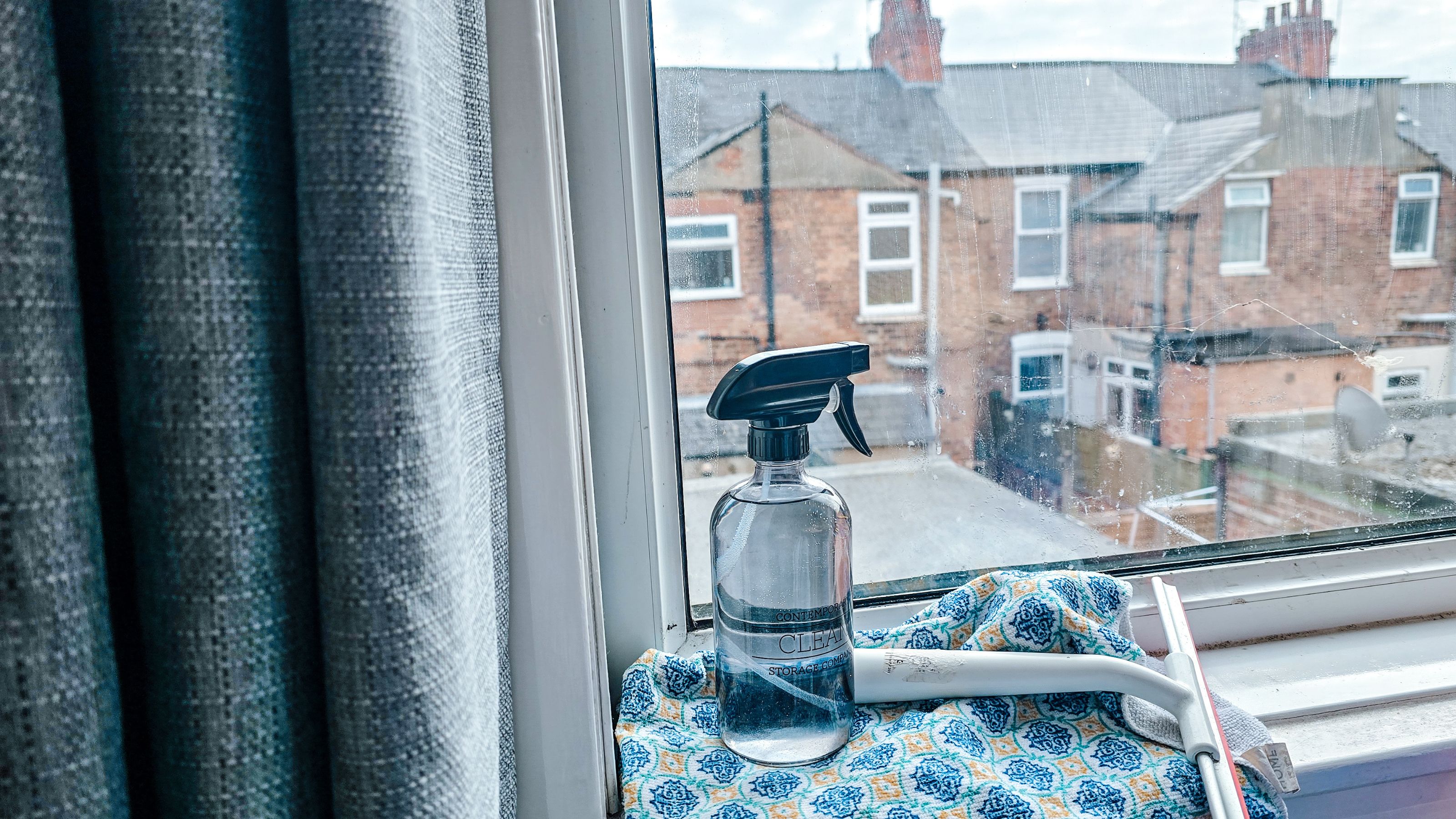 How to clean windows without streaks — 5 easy steps that cleaning pros always follow
How to clean windows without streaks — 5 easy steps that cleaning pros always followThis method on how to clean windows is favored by professional cleaners. We've asked them for the steps you should follow, plus picked cleaning buys
By Eve Smallman
-
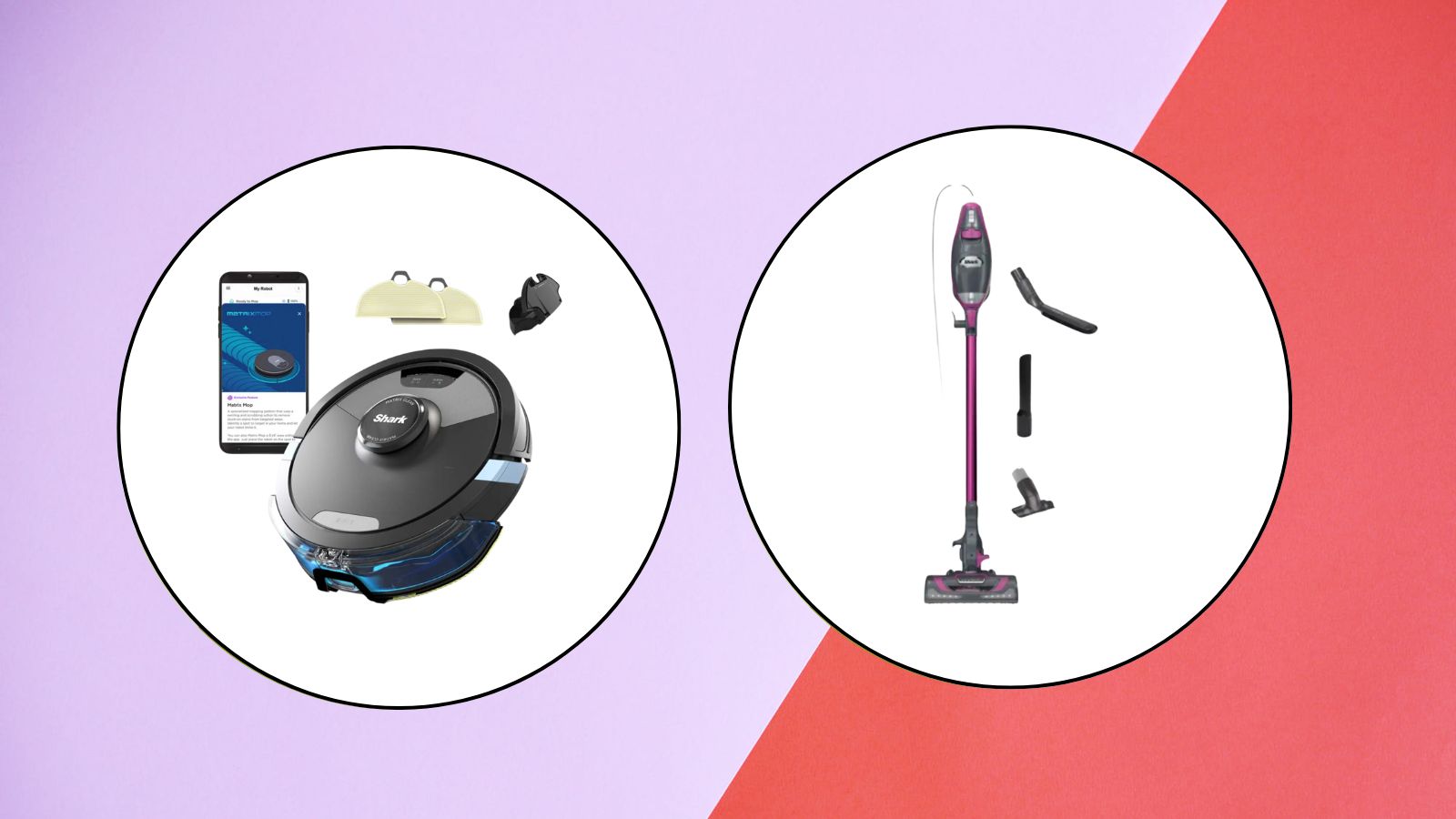 The latest Shark sale deals are perfect for pollen-proofing your home — with up to $150 off our favorite vacuums
The latest Shark sale deals are perfect for pollen-proofing your home — with up to $150 off our favorite vacuumsWe found the latest Shark sale deals on vacuums that are sure to be swooped up, especially as spring blooms trigger pollen allergies and we're in need of extra cleaning
By Danielle Valente
-
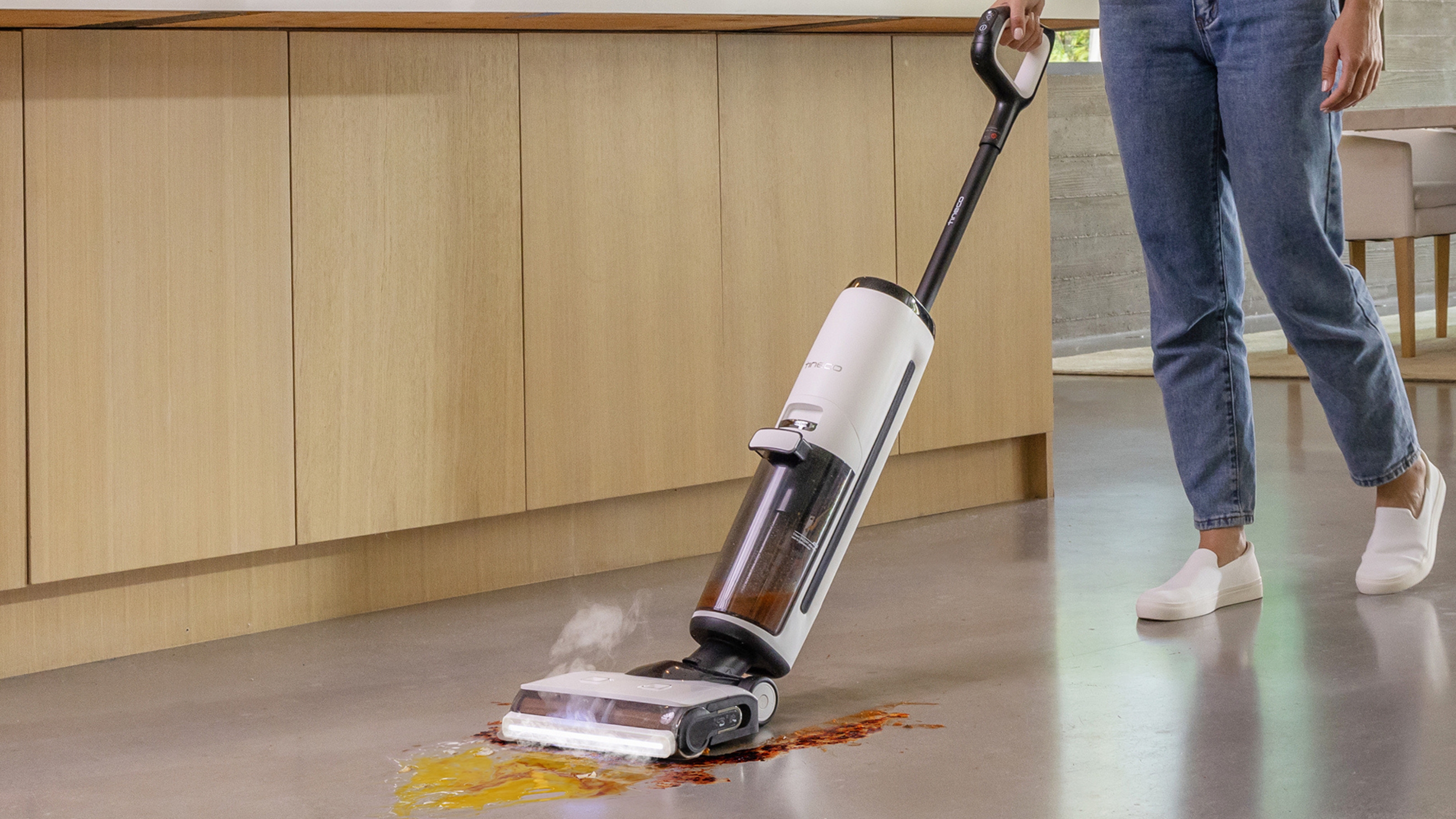
 Tineco Floor One S7 steam wet-dry vacuum review — spotless floors with minimal effort
Tineco Floor One S7 steam wet-dry vacuum review — spotless floors with minimal effortOur contributing editor, Camryn Rabideau, tests the Tineco Floor One S7 steam wet-dry vacuum in her New England homestead property
By Camryn Rabideau
-
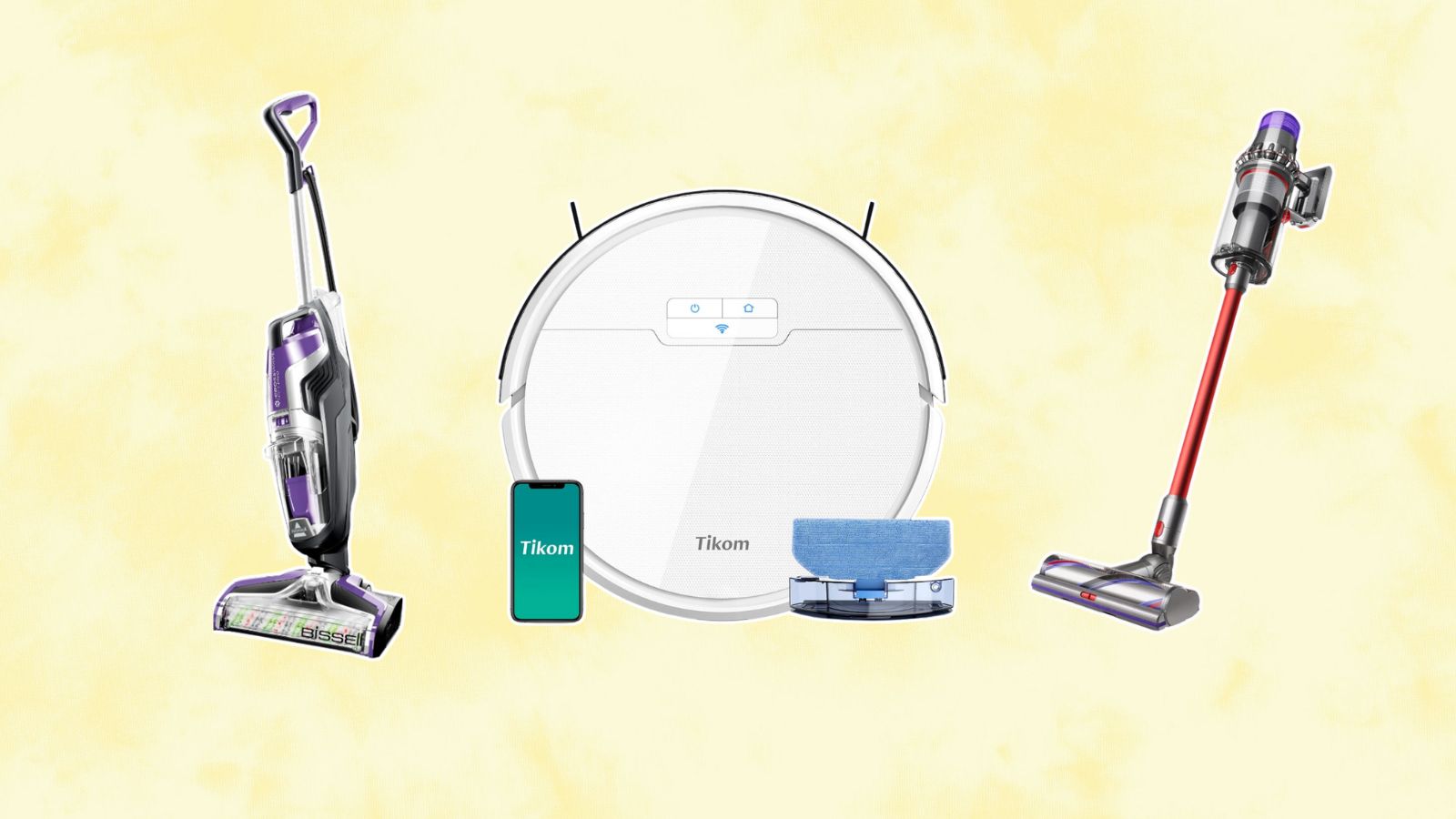 Amazon vacuum cleaners to nab during the retailer's Big Spring Sale — save up to 60% off our go-to small-space finds
Amazon vacuum cleaners to nab during the retailer's Big Spring Sale — save up to 60% off our go-to small-space findsChecking out the savings on Amazon? Vacuum cleaners are a must-buy during their first Big Spring Sale — here are our favorites up to 60% off
By Danielle Valente
-
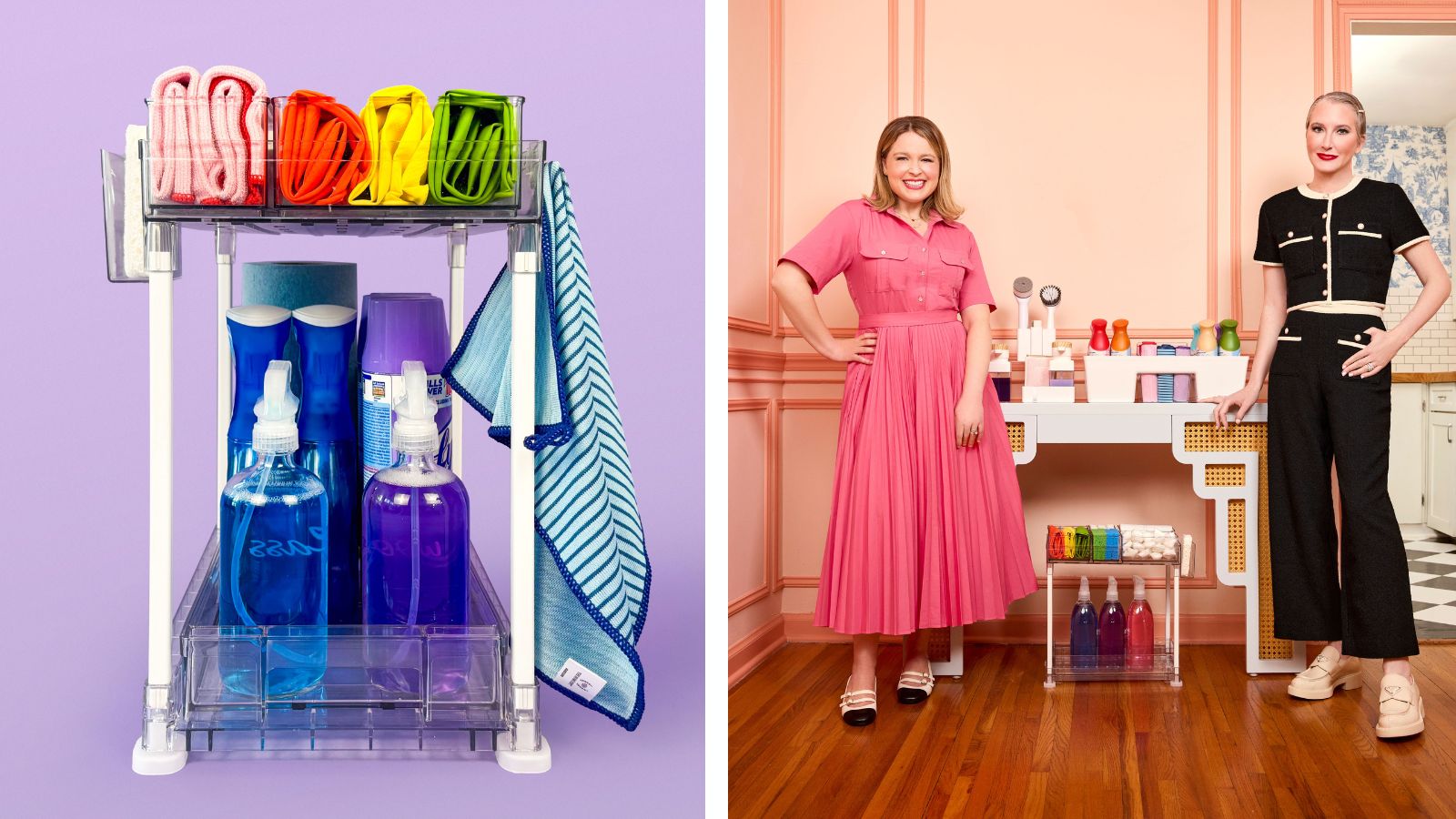 The Home Edit Walmart cleaning collection has just debuted with finds from $3
The Home Edit Walmart cleaning collection has just debuted with finds from $3Spring cleaning, anyone? The Home Edit Walmart cleaning collection has hit shelves with picks from $3
By Danielle Valente
-
 How to clean carpet on stairs — 3 simple steps to a spruced up staircase
How to clean carpet on stairs — 3 simple steps to a spruced up staircaseWant to know how to clean carpet on stairs? Our experts explain the simple steps to a sparkling stairway without too much elbow grease
By Andy van Terheyden
-
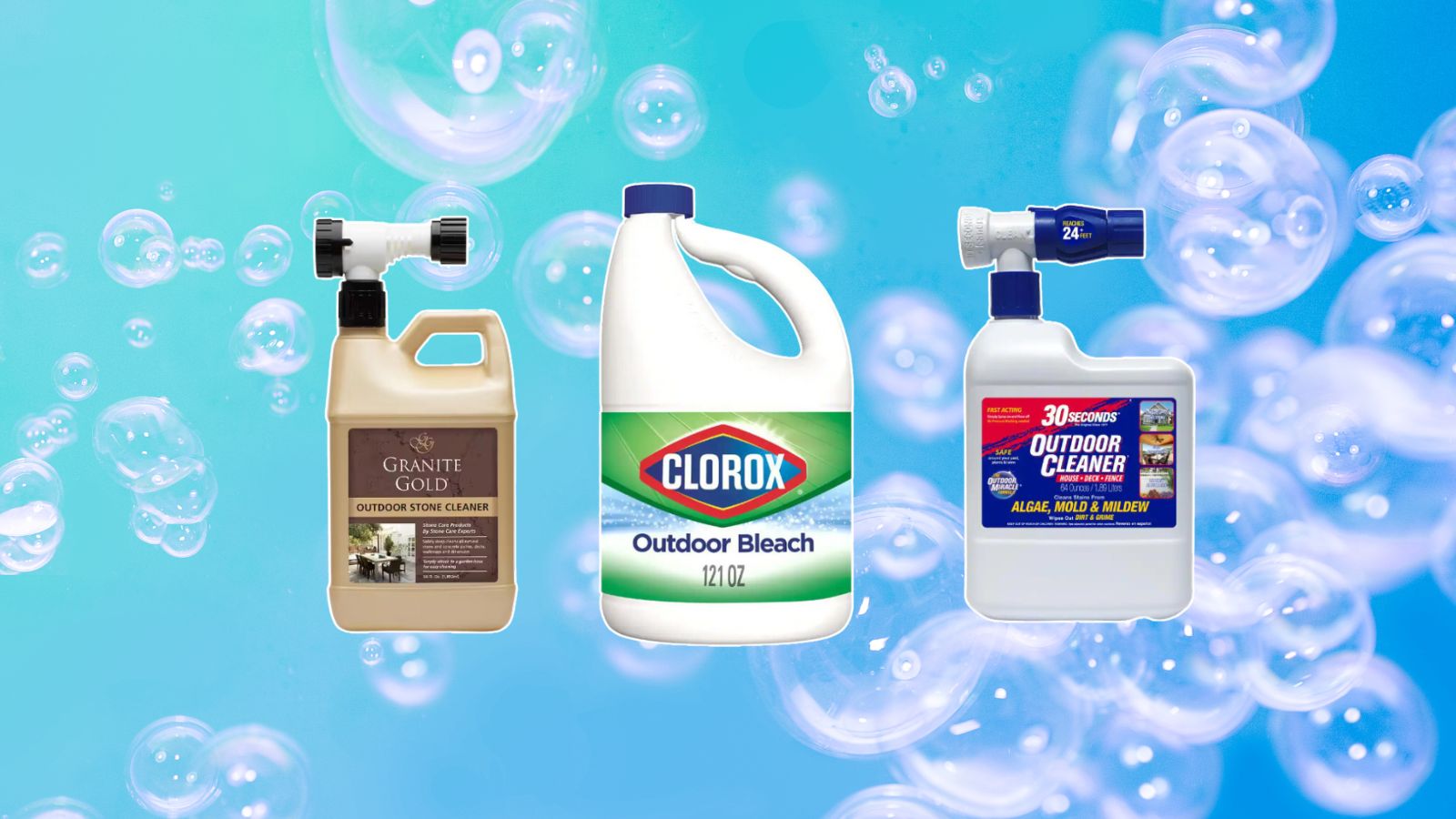 The Home Depot backyard and patio cleaning supplies we're stocking up on before spring
The Home Depot backyard and patio cleaning supplies we're stocking up on before springDon't forget the outdoors when spring cleaning — The Home Depot backyard and patio cleaning buys from $11 will assist with tidying up
By Danielle Valente
-
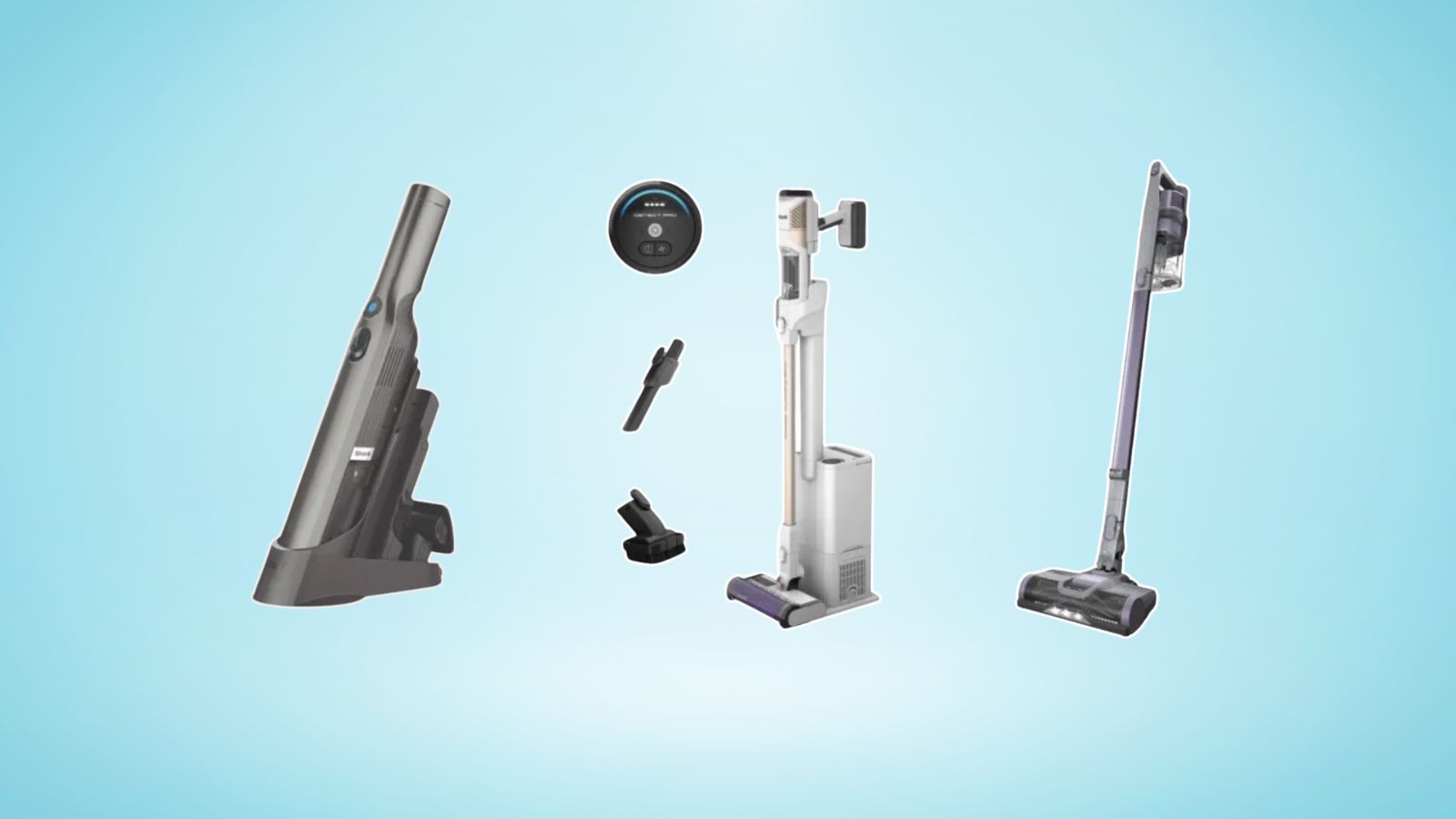 The Shark Detect Pro vacuum and other models are on sale for St Patrick's Day — perfect picks for your spring clean
The Shark Detect Pro vacuum and other models are on sale for St Patrick's Day — perfect picks for your spring cleanWhether you're eyeing the Shark Detect Pro Vacuum or Shark Pet Cordless Stick Vacuum, shop the St. Patty's Day sale for a discount on the best vacuums on shelves
By Danielle Valente